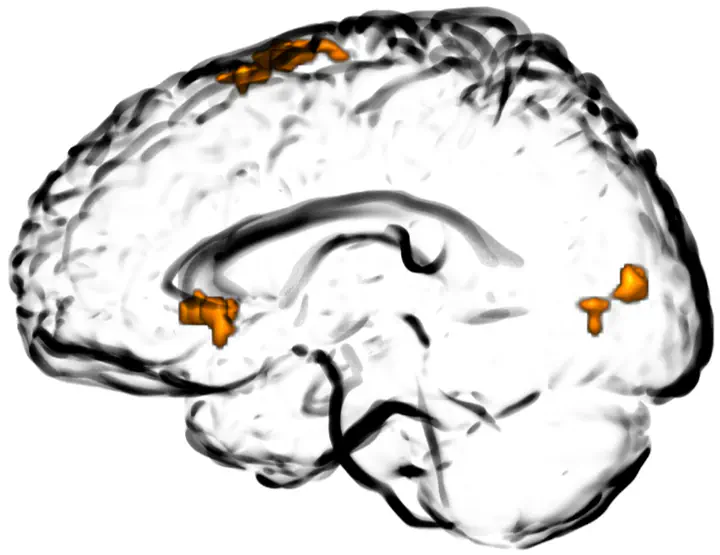Highlighted Data Set: An fMRI Study of the Drawing Effect

Experiment Description
In this study, participants encoded words through three different methods: writing them out, listing semantic characteristics, or drawing a representation of the word. After a brief delay, they recalled the words in any order while undergoing fMRI scanning. Voxel-wise analyses of the fMRI data revealed that drawing activates brain regions that are thought to facilitate integration and self-referential processing during retrieval. Additionally, brain-behavior correlation analyses showed that the memory benefit of drawing over writing was positively correlated with activation in regions associated with visual representation and imagery (BA 17 and cuneus) and motor planning (premotor and supplementary motor areas; BA 6). This study indicates that drawing enhances memory by coactivating multiple sensory traces, with drawn words being remembered by re-engaging visual, motoric, and semantic representations.
This paper was recently published in a special issue on the drawing effect in Memory & Cognition.
Open Data Set
This entire project, including experiment programs, BIDS-formatted fMRI data, and the analysis pipeline are available on the Open Science Framework (OSF).